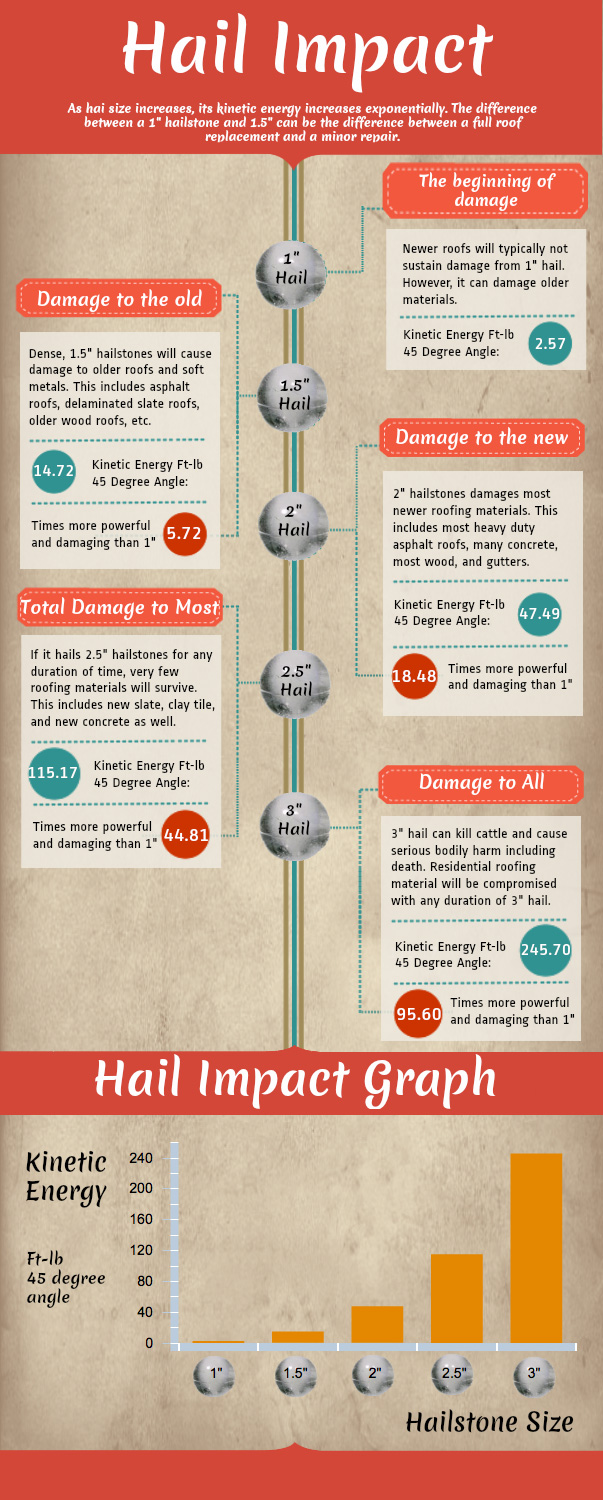Assess The Financial Ramifications And Advantages Of Solar Setup To Identify The Prospective Economic Advantages For Those Curious About This Renewable Energy Venture
Assess The Financial Ramifications And Advantages Of Solar Setup To Identify The Prospective Economic Advantages For Those Curious About This Renewable Energy Venture
Blog Article
Write-Up Composed By-Gade Dunlap
When considering the prices of solar installment, you could question the ahead of time investment required and whether it aligns with the prospective long-term advantages. Comprehending the details of these costs and the numerous aspects influencing the overall return can clarify the worth proposal of transitioning to solar energy. By examining both the preliminary configuration prices and the predicted cost savings with time, you can get understanding into whether the investment in solar installment holds assurance for your monetary future.
First Configuration Expenses
When considering the costs of solar installment, the preliminary configuration costs play a vital role in your decision-making procedure. visit the following site of time prices consist of the cost of solar panels, inverters, mounting equipment, and setup labor.
The cost of solar panels can vary depending upon the brand, effectiveness, and dimension you select. Inverters are vital for converting the sun's power into functional electrical energy and come in various types such as string inverters, microinverters, and power optimizers, each with its own expense implications.
Mounting equipment, such as shelfs and rails, is required to firmly mount photovoltaic panels on your roof covering or home.
The setup labor expense covers the specialist installment of the solar system, guaranteeing that whatever is set up correctly and efficiently. Keep in mind that while these first setup expenditures might seem high, there are often discounts, tax rewards, and financing options available to aid offset the costs and make solar installment extra cost effective in the long run.
Long-Term Cost Savings Evaluation
To comprehend the financial advantages of solar installation with time, it's crucial to perform a comprehensive long-lasting financial savings analysis. While the first arrangement costs of solar panels may seem difficult, the long-lasting cost savings can outweigh these prices substantially. By harnessing the power of the sun to produce power for your home, you can possibly save thousands of bucks on your energy costs over the life expectancy of your planetary system.
Among the essential variables to take into consideration in a long-term cost savings analysis is the reduction in your electrical power costs. With photovoltaic panels, you can generate your power, lowering or perhaps eliminating your dependence on the grid. This can cause significant cost savings, especially as energy prices remain to climb.
Furthermore, how much are residential solar panels use incentives such as tax credit scores and rebates for installing solar panels, even more boosting your lasting financial savings. By benefiting from these rewards and maximizing your solar power production, you can delight in substantial financial advantages for many years to find.
Return on Investment Calculation
Considering the economic advantages of solar installment, it's time to analyze the Roi (ROI) estimation. Determining the ROI involves comparing the total costs of setting up a solar system with the monetary advantages it produces over its lifespan.
To determine ROI, separate the web benefit from the system by the complete investment price and increase by 100 to get a percent. The ROI formula is: (Web Revenue/ Total Financial Investment Expense) x 100.
As an example, if the overall expense of installing a solar system is $20,000, and over its life expectancy, it produces savings and revenues amounting to $30,000, the web earnings would certainly be $10,000. Splitting this by the total investment cost of $20,000 provides a proportion of 0.5. Increasing this by 100 gives an ROI of 50%.
Usually, a greater ROI suggests a more economically fulfilling investment. Elements like federal government motivations, upkeep costs, and power price fluctuations can impact the ROI of solar installments. Recognizing the ROI assists in examining whether buying solar energy is worth it over time.
Final thought
To conclude, understanding the expenses of solar installation is important for determining if it deserves the financial investment. By thinking about preliminary configuration expenses, carrying out a lasting cost savings analysis, and computing the roi, you can make a notified decision regarding the financial worth of solar energy. With the potential for decreased utility expenses and raised energy freedom, buying solar installment can be a wise selection for both your pocketbook and the setting.
